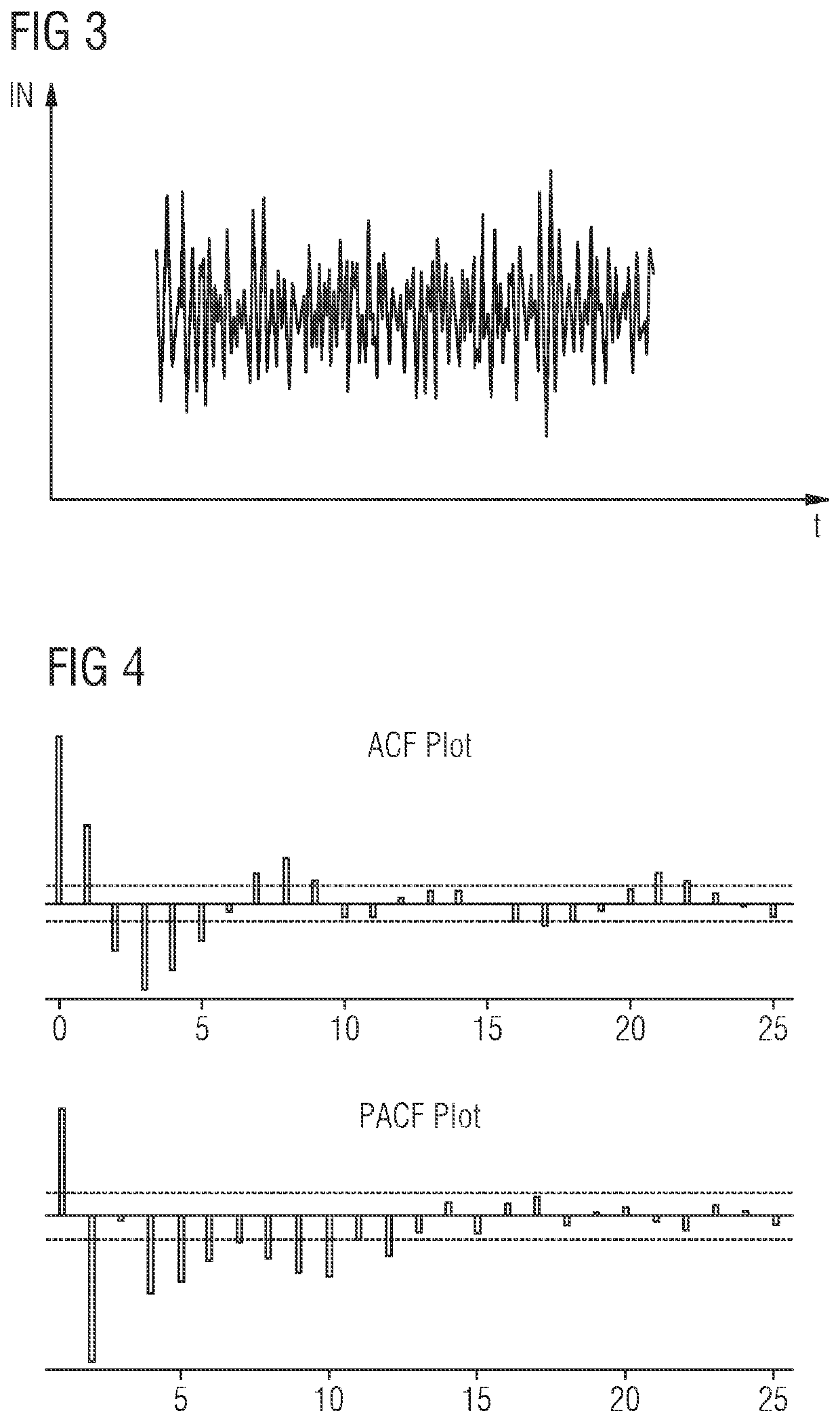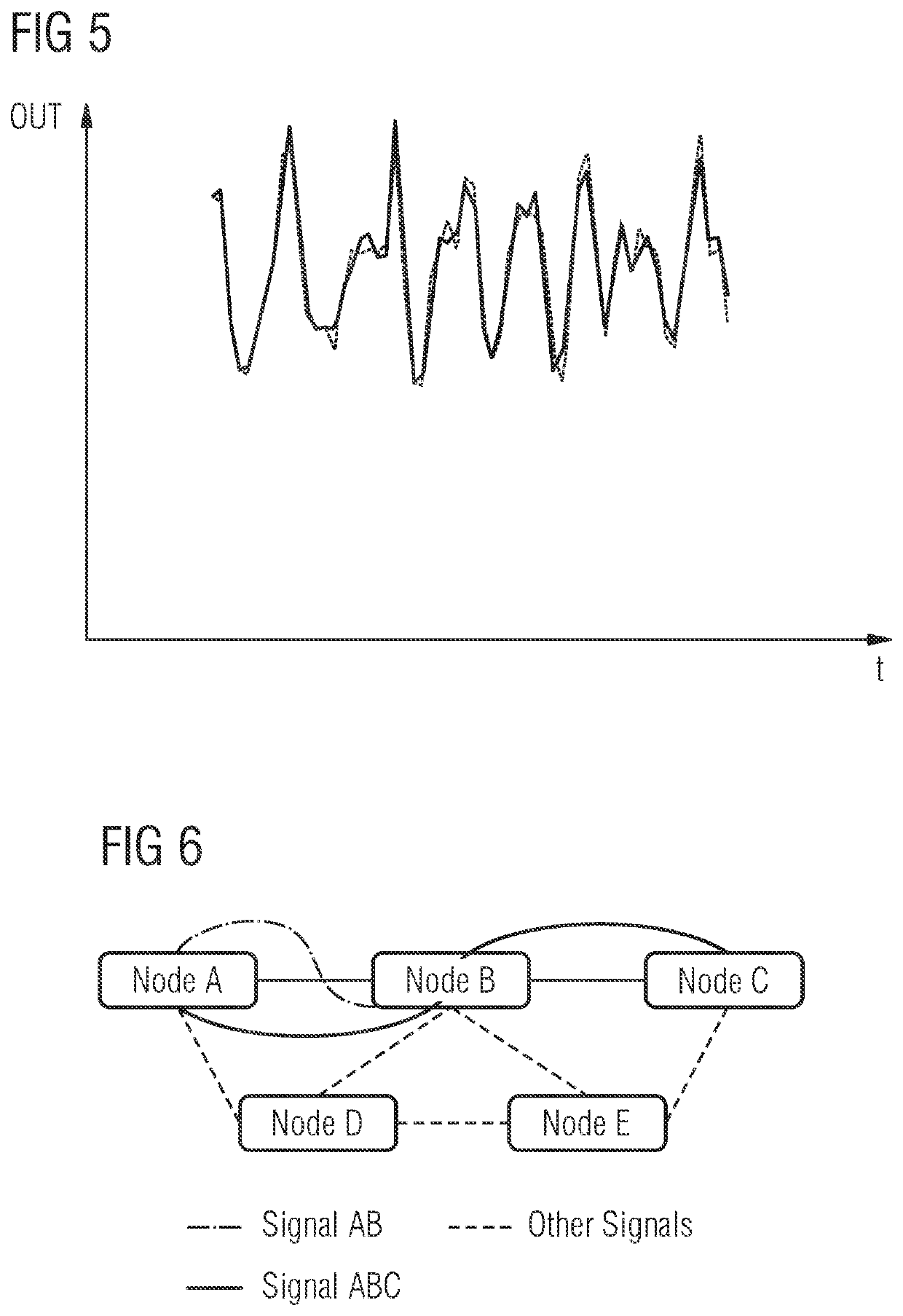System and method for proactive traffic restoration in a network
a traffic restoration and network technology, applied in the field of system and method for proactive traffic restoration in a network, can solve the problems of insufficient real-time view of the current situation inability to provide proactive actions, and prone to deficiencies of the traffic restoration mechanism used in the network, so as to avoid service disruptions
- Summary
- Abstract
- Description
- Claims
- Application Information
AI Technical Summary
Benefits of technology
Problems solved by technology
Method used
Image
Examples
Embodiment Construction
[0047]As can be seen in the block diagram of FIG. 1, the system 1 for proactive traffic restoration in a network according to the first aspect of the present invention comprises in the illustrated embodiment two main components. The system 1 comprises at least one forecasting engine 2 adapted to model and forecast traffic patterns of at least one traffic channel along a signal path of the network to provide forecast traffic quality metrics y which are supplied to a time-to-failure, TTF, analyzer 3 of the system 1 as shown in FIG. 1. The time-to-failure, TTF, analyzer 3 is configured to calculate a time-to-failure, TTF, forecast for the traffic channel based on the received forecast traffic quality metrics y. The calculated time-to-failure, TTF, forecast is evaluated in a possible embodiment to trigger a proactive network traffic restoration.
[0048]The forecasting engine 2 comprises in a possible embodiment an interface to receive historical observations of traffic parameters of at le...
PUM
 Login to View More
Login to View More Abstract
Description
Claims
Application Information
 Login to View More
Login to View More - R&D
- Intellectual Property
- Life Sciences
- Materials
- Tech Scout
- Unparalleled Data Quality
- Higher Quality Content
- 60% Fewer Hallucinations
Browse by: Latest US Patents, China's latest patents, Technical Efficacy Thesaurus, Application Domain, Technology Topic, Popular Technical Reports.
© 2025 PatSnap. All rights reserved.Legal|Privacy policy|Modern Slavery Act Transparency Statement|Sitemap|About US| Contact US: help@patsnap.com



